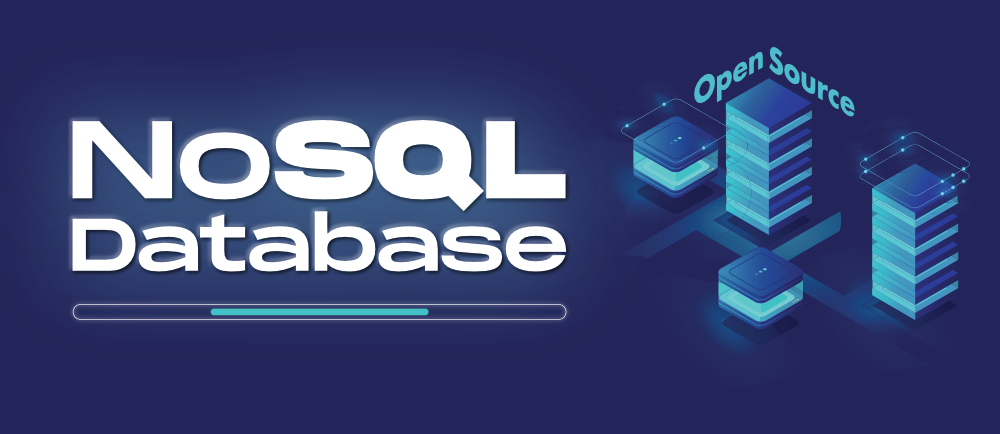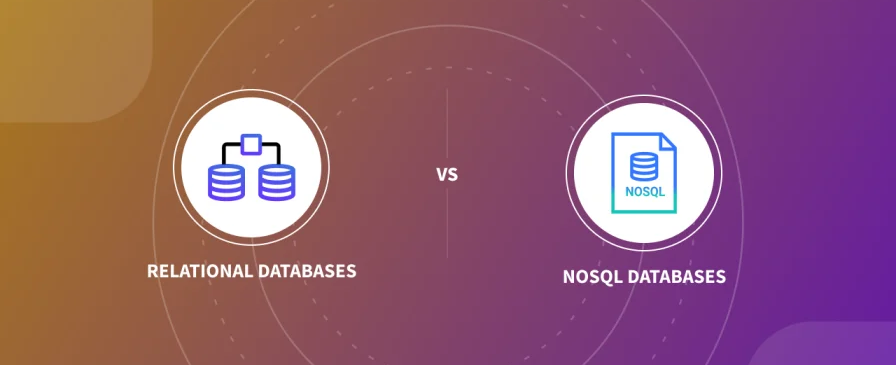In the rapidly evolving world of data management, understanding the various types of NoSQL databases is essential. These databases, often called “Not Only SQL,” have gained prominence for their ability to handle large volumes of unstructured and semi-structured data. In this article, TECHVIFY will explore the diverse landscape of NoSQL databases, exploring each type’s unique characteristics and applications.
I. What is a NoSQL Database?
NoSQL, or “Not Only SQL”, refers to a database class that does not use the traditional relational database model. NoSQL databases can deal with large amounts of unstructured and semi-structured data, becoming famous for web applications, social media applications, and real-time data processing applications.
NoSQL databases offer several advantages over relational databases, including:
- Scalability: Due to the horizontal scalability of NoSQL databases, you can increase the number of servers to deal with growing traffic.
- Performance: NoSQL databases can often outperform relational databases for specific queries.
- Flexibility: Regarding data modeling and storage, NoSQL databases provide greater flexibility.

Please feel free to contact us for a free consultation: Data Engineering
II. Types of NoSQL Databases and Their Uses
Regarding NoSQL databases, diversity is the name of the game. Each type has unique characteristics and strengths, making it suitable for specific use cases. Let’s discuss the different types of NoSQL databases to gain a deeper understanding.
1. Document-based Databases
Document-based databases, such as MongoDB and Couchbase, store data in semi-structured documents using formats like JSON or BSON. What sets them apart is their flexibility in data representation. Each document can have different fields, making them adaptable to evolving data structures.
Features
- Schema-less design: No predefined schema allows for seamless adaptation to changing data.
- High performance for read-heavy operations.
- Ideal for handling complex, hierarchical, or nested data structures.
Applications
- Content Management Systems (CMS): Manage diverse content elements like text, images, and videos within a single system.
- E-commerce Product Catalogs: Handle various product attributes and variations efficiently.
- User Profiles: Store user information with varying data fields based on user preferences.
2. Key-value Stores
Redis and Riak exemplify that key-value stores store data as simple key-value pairs. They are known for their simplicity and speed. In this model, the key is a unique identifier for the associated value.
Features
- Exceptional performance and low-latency data access.
- Ideal for caching frequently accessed data, managing user sessions, and powering real-time analytics.
Applications
- Session Management: Efficiently store and retrieve user session data for web applications.
- Distributed Caching: Accelerate data access by caching frequently used results.
- Real-time Analytics: Quickly recover and analyze real-time data for business insights.
3. Column-oriented Databases
Column-family stores, including Apache Cassandra and HBase, organize data into columns and column families, resembling a table structure. They excel at storing and retrieving large volumes of data.
Features
- Distributed architecture for high scalability and fault tolerance.
- Excellent writing performance, suitable for write-intensive workloads.
- Support for complex data models and efficient column-level queries.
Applications
- Time-Series Data Storage: Handle vast amounts of time-stamped sensor data for monitoring and analysis.
- Internet of Things (IoT) Data Management: Efficiently manage data from IoT devices with varying data structures.
- Product Catalogs and Inventories: Store and retrieve extensive product data efficiently.
4. Graph-based Databases
Graph databases, as seen in Neo4j and Amazon Neptune, represent data as nodes and edges. This structure facilitates the efficient representation of complex relationships.
Features
- Robust graph querying capabilities for pattern matching and relationship analysis.
- Ideal for applications requiring real-time recommendations, fraud detection, and social network analysis.
- Complex data models with entities and their connections.
Applications
- Social Networks: Identify and suggest connections, enhancing user engagement.
- Recommendation Engines: Power personalized content and product recommendations.
- Fraud Detection: Analyze complex relationships to detect fraudulent activities.
Manage your data with TECHVIFY:
III. Relational vs. NoSQL Databases Comparison
Relational and NoSQL databases are different types of databases used for other purposes.
Relational databases are the traditional type of database and are based on the relational model. Relational databases save data in tables with fixed rows and columns. Each row displays a record, and each column shows a field. Relational databases manage data using the structured query language SQL, which allows you to perform complex queries on your data, such as joining tables and filtering results.
When to use relational databases:
- Store complex data relationships.
- Perform complex queries on your data.
- Need a high level of data consistency.
On the other hand, NoSQL databases do not have a fixed schema. They can keep data in various formats, such as key-value pairs, documents, columns, and graphs. NoSQL databases are often used for scalability, performance, and flexibility applications.
When to use NoSQL databases:
- Store large amounts of data.
- Scale your application horizontally.
- Need a high level of performance for simple queries.
- Need a flexible data model.

Critical Differences Between Relational and NoSQL Databases
| Feature | Relational Databases | NoSQL Databases |
|---|---|---|
| Data Model | Fixed schema | Flexible schema |
| Query Language | SQL | NoSQL-specific query languages |
| Scalability | Vertical scaling (adding more resources to one server) | Horizontal scaling (adding more servers) |
| Performance | Good for complex queries | Suitable for simple questions and large datasets |
| Flexibility | Limited flexibility | High flexibility |
Conclusion
In conclusion, NoSQL databases have completely changed how data is managed. They are perfect for various applications, from real-time data processing to online and social media platforms, because of their scalability, throughput, and adaptability. Consider document stores for semi-structured data, key-value stores for simplicity, column-oriented databases for large amounts of data, and graph databases for complex relationships when choosing a NoSQL database type.
FAQs
What are the number of types of NoSQL databases?
There are four main types: key-value stores, document stores, column family stores, and graph databases.
Which NoSQL Database is Most Popular?
According to DB-Engines, MongoDB is the most popular NoSQL database, which tracks the popularity of over 200 database systems. It is a document-oriented database that stores data as JSON documents. MongoDB is known for its scalability, performance, and flexibility. It is a good choice for many applications, including web applications, mobile applications, and real-time data processing systems.
Is MySQL a NoSQL database?
No, MySQL is a relational database. Relational databases save data in tables with fixed rows and columns. MySQL suits applications that keep complex data relationships and perform complex queries.





